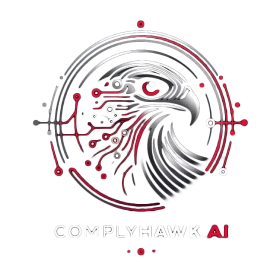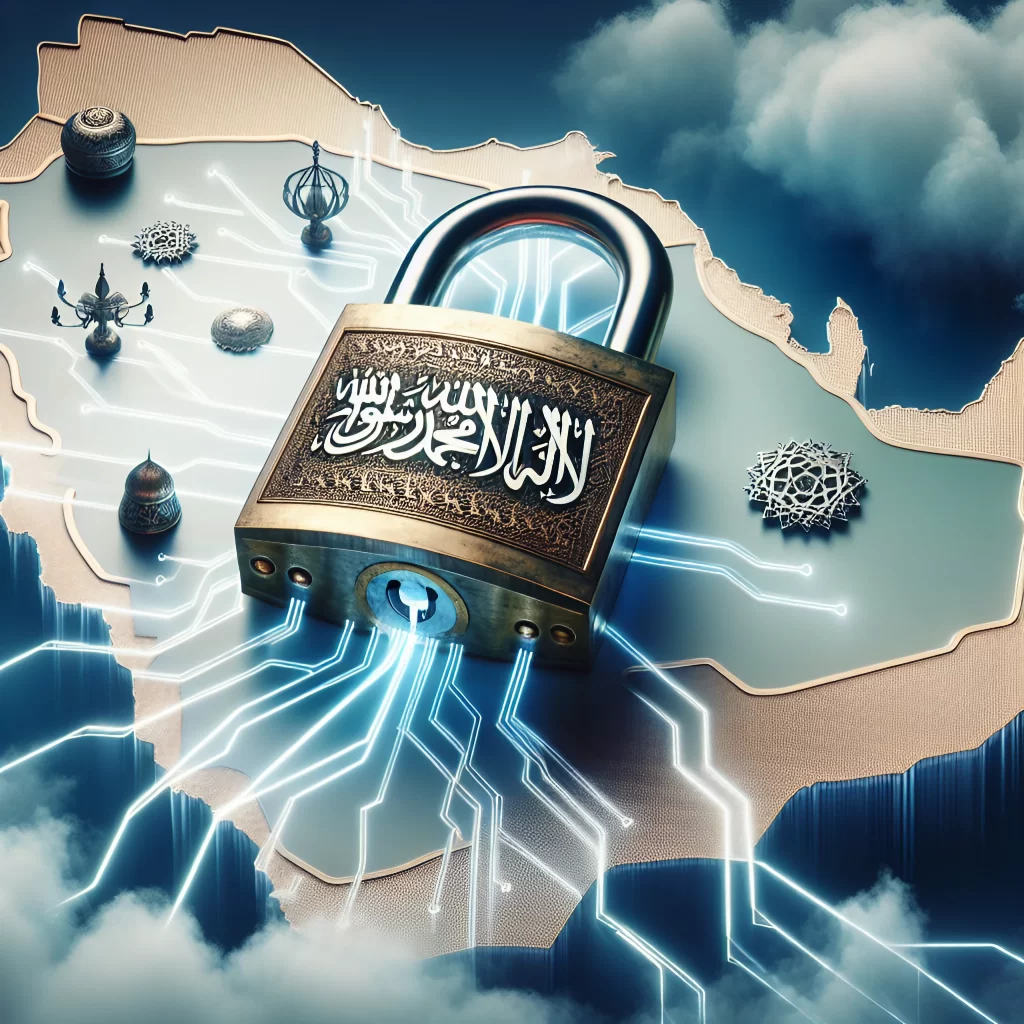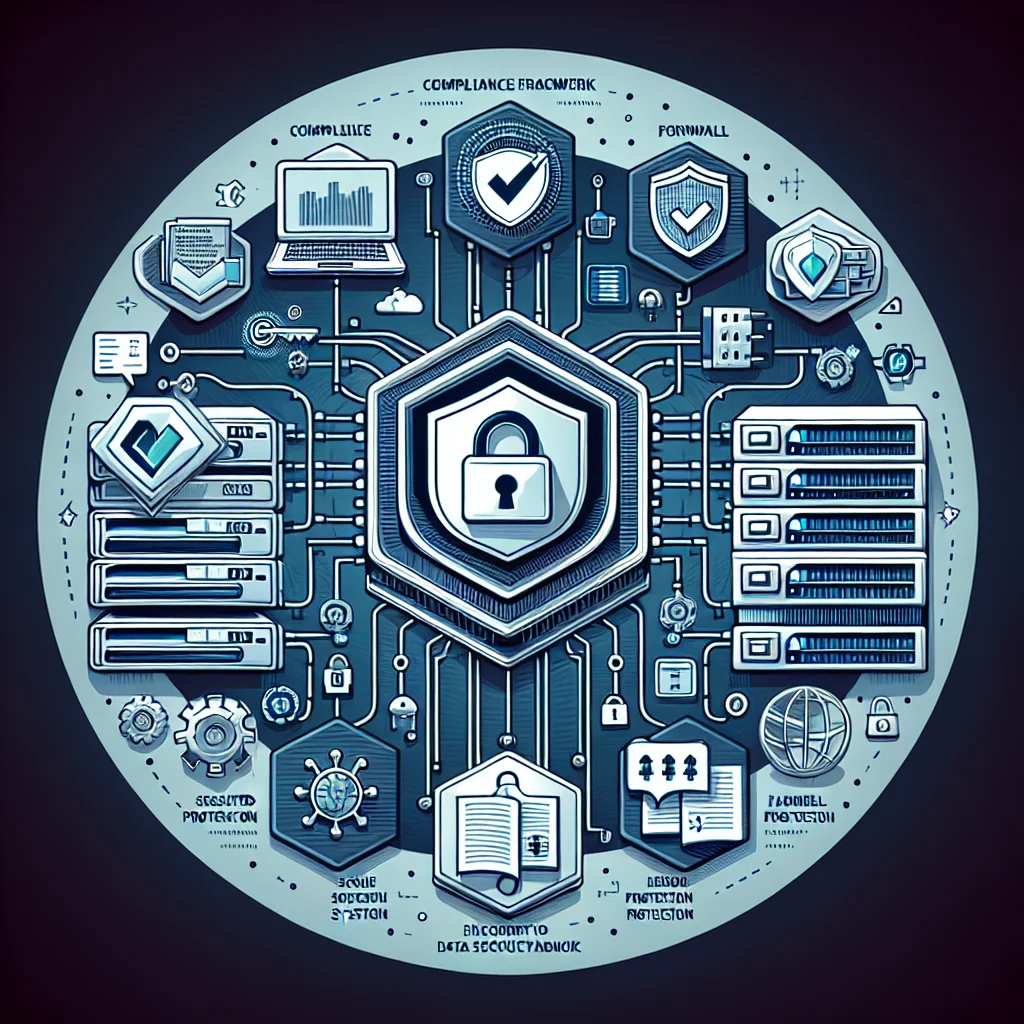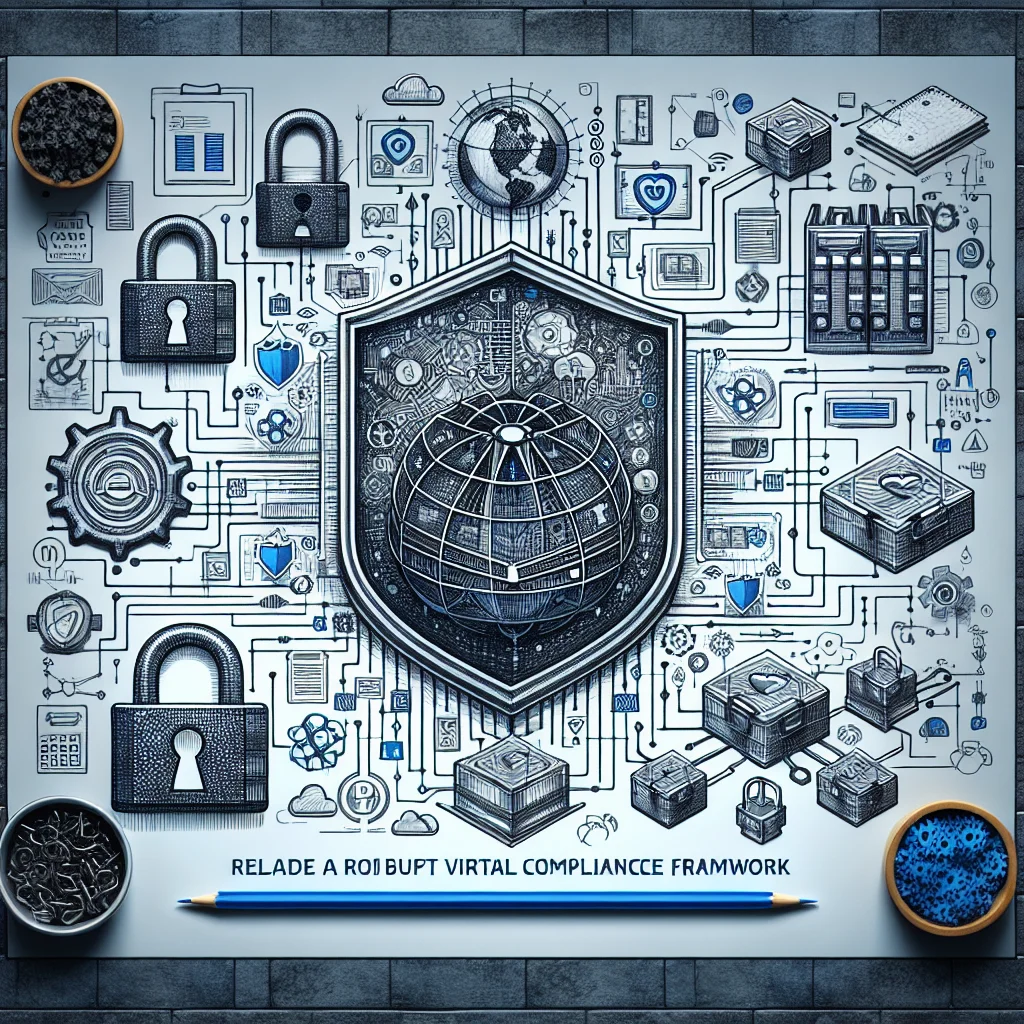In today’s rapidly evolving financial landscape, compliance with international standards is paramount. One such standard that has gained significant traction is ISO 20022, a global standard for electronic data interchange between financial institutions. For CISOs (Chief Information Security Officers) in the Middle East, understanding and implementing ISO 20022 compliance is crucial.
This article provides a comprehensive guide to ISO 20022, addressing common FAQs, compliance strategies for fintechs, an operational action plan, and how it aligns with other frameworks like ISO 27001, PCI, and NIST.
What is ISO 20022?
ISO 20022 is an international standard designed to facilitate the electronic transmission of financial data. It provides a common framework for developing message standards across the financial industry, enhancing interoperability, and improving the efficiency of financial transactions. Unlike older standards, ISO 20022 is highly flexible and can be used for a wide range of financial services, including payments, securities, trade services, cards, and foreign exchange.
Key Benefits of ISO 20022
- Interoperability: Ensures seamless communication between different financial systems globally.
- Data Richness: Allows for more detailed and structured data, improving transparency and accuracy.
- Operational Efficiency: Reduces errors and processing times, leading to cost savings.
- Regulatory Compliance: Helps meet various regulatory requirements by providing standardized data formats.
Common FAQs from CISOs at Banks
- Why is ISO 20022 important for our bank?
- ISO 20022 is crucial for enhancing the efficiency and interoperability of financial transactions. It enables banks to provide better customer service, reduce operational risks, and comply with international regulations.
- What are the main challenges in implementing ISO 20022?
- The primary challenges include system integration, data migration, staff training, and ensuring continuous compliance with evolving standards.
- How does ISO 20022 impact our cybersecurity posture?
- ISO 20022 implementation requires robust cybersecurity measures to protect sensitive financial data. This includes encryption, access controls, and regular security audits.
- Can ISO 20022 be integrated with our existing systems?
- Yes, but it requires careful planning and execution. Legacy systems may need to be upgraded or replaced to ensure full compatibility.
- What are the penalties for non-compliance?
- Penalties vary by jurisdiction but can include fines, reputational damage, and loss of business opportunities.
- What benefits does ISO 20022 offer over older messaging standards?
- ISO 20022 facilitates richer data exchange, improved automation, and enhanced payment mechanisms compared to older standards.
- How can we prepare our staff for the transition to ISO 20022?
- Training sessions, workshops, and access to resources on ISO 20022 can help staff adapt to the new system effectively.
- What impact will ISO 20022 have on our transaction processing time?
- With better data structure and automation, ISO 20022 can significantly reduce transaction processing times.
- Are there any specific tools or platforms recommended for ISO 20022 implementation?
- Various software solutions exist that specialize in ISO 20022 integration; however, selecting one depends on the bank’s specific needs and existing infrastructure.
- How will our customers benefit from ISO 20022?
- Customers will experience faster transactions, better traceability, and enhanced communication regarding their financial activities.
- What role does data quality play in ISO 20022 implementation?
- High-quality data is essential for successful implementation, as poor data can lead to errors and compliance issues.
- How often will we need to update our systems for ISO 20022 compliance?
- Regular updates will be necessary to keep up with changes in standards and maintain compliance.
- What are the costs associated with transitioning to ISO 20022?
- Costs can vary widely based on the complexity of the implementation, including system upgrades, training, and ongoing compliance measures.
- Can ISO 20022 facilitate cross-border transactions?
- Yes, ISO 20022 enhances the capability for seamless cross-border transactions by standardizing messaging across different jurisdictions.
- What types of financial instruments will ISO 20022 support?
- ISO 20022 supports a wide range of financial instruments, including payments, securities, and trade finance.
- How should we assess our readiness for ISO 20022?
- Conducting a thorough readiness assessment that evaluates current systems, processes, and staff capabilities is crucial.
- What support can we expect from our vendors during implementation?
- Vendors typically offer technical support, training, and resources to assist with the transition to ISO 20022.
- Is there a timeline for the industry-wide adoption of ISO 20022?
- While timelines may vary, many regulatory bodies are pushing for widespread adoption within the next few years.
- What is the role of regulators in ISO 20022 implementation?
- Regulators provide guidelines and establish timelines for compliance, ensuring that financial institutions adhere to the new standards.
- How can we monitor our ongoing compliance with ISO 20022?
- Implementing regular audits, updates, and employee training will help ensure ongoing compliance with ISO 20022 standards.
ISO 20022 and SWIFT
ISO 20022 plays a significant role in the operations of SWIFT (Society for Worldwide Interbank Financial Telecommunication), the global messaging network used by financial institutions to securely transmit information and instructions relating to financial transactions. As SWIFT transitions to ISO 20022 for its messaging services, it aims to enhance the richness of the data included in payment messages, which allows for improved compliance monitoring, reconciliation, and transparency. This shift is expected to improve the efficiency of cross-border payments, making them quicker and less error-prone. The adoption of ISO 20022 by SWIFT is also a response to the need for a more modern and flexible messaging standard that aligns with evolving financial regulations and customer expectations. As the transition progresses, banks and other financial entities will need to prepare for the integration of ISO 20022 into their existing systems and processes to ensure seamless connectivity within the SWIFT network.
Compliance for Fintechs
Fintech companies in the Middle East are rapidly growing, and ISO 20022 compliance is becoming increasingly important. Here’s how fintechs can achieve compliance:
Steps for Fintechs
- Understand the Standard: Gain a thorough understanding of ISO 20022 requirements and how they apply to your operations.
- Conduct a Gap Analysis: Identify areas where your current systems and processes fall short of ISO 20022 standards.
- Develop a Compliance Plan: Create a detailed plan to address the gaps identified, including timelines, resources, and responsibilities.
- Implement Necessary Changes: Update your systems, policies, and procedures to align with ISO 20022 requirements.
- Train Your Team: Ensure all relevant staff are trained on ISO 20022 standards and their implications for your business.
- Regular Audits and Monitoring: Conduct regular audits to ensure ongoing compliance and address any issues promptly.
Operational Action Plan
For CISOs looking to implement ISO 20022 compliance, here is a step-by-step operational action plan:
Step 1: Initial Assessment
- Conduct a Risk Assessment: Identify potential risks associated with ISO 20022 implementation.
- Evaluate Current Infrastructure: Assess your current systems and processes to determine their readiness for ISO 20022.
Step 2: Planning
- Develop a Project Plan: Outline the scope, objectives, timelines, and resources required for ISO 20022 implementation.
- Engage Stakeholders: Involve key stakeholders from various departments to ensure alignment and support.
Step 3: Implementation
- System Upgrades: Upgrade or replace legacy systems to ensure compatibility with ISO 20022.
- Data Migration: Migrate existing data to the new ISO 20022 format, ensuring data integrity and accuracy.
- Cybersecurity Measures: Implement robust cybersecurity measures to protect sensitive financial data during and after the transition.
Step 4: Training
- Staff Training: Provide comprehensive training to all relevant staff on ISO 20022 standards and their application.
- Ongoing Support: Establish a support system to address any questions or issues that arise during the implementation process.
Step 5: Monitoring and Review
- Regular Audits: Conduct regular audits to ensure ongoing compliance with ISO 20022 standards.
- Continuous Improvement: Regularly review and update your systems and processes to keep pace with evolving standards and regulations.
Common Controls with Other Frameworks
ISO 20022 compliance often intersects with other widely recognized frameworks such as ISO 27001, PCI DSS, and NIST. Here are some common controls and specific clause numbers where they align:
ISO 27001
- A.8.2 Information Classification (ISO 27001): Similar to ISO 20022’s requirement for data richness and structured data.
- A.9.1 Access Control (ISO 27001): Aligns with ISO 20022’s need for robust access controls to protect sensitive financial data.
- A.12.4 Logging and Monitoring (ISO 27001): Essential for both ISO 27001 and ISO 20022 to ensure ongoing compliance and security monitoring.
PCI DSS
- Requirement 3 (PCI DSS): Protect stored cardholder data, which aligns with ISO 20022’s data protection requirements.
- Requirement 7 (PCI DSS): Restrict access to cardholder data by business need-to-know, similar to ISO 20022’s access control measures.
- Requirement 10 (PCI DSS): Track and monitor all access to network resources and cardholder data, intersecting with ISO 20022’s logging and monitoring requirements.
NIST
- SP 800-53 AC-2 Account Management (NIST): Parallels ISO 20022’s requirements for managing user accounts and access controls.
- SP 800-53 AU-2 Audit Events (NIST): Ensures audit logs are generated and maintained, similar to ISO 20022.
- SP 800-53 SC-28 Protection of Information at Rest (NIST): Aligns with ISO 20022’s requirements for data protection and encryption.
Final Thoughts
Achieving ISO 20022 compliance is not just about meeting regulatory requirements; it’s about enhancing operational efficiency, improving customer satisfaction, and gaining a competitive edge. However, the path to compliance can be complex and challenging.
That’s where ComplyHawk comes in. Its automated compliance platform simplifies the process of achieving and maintaining ISO 20022 compliance. With features like real-time monitoring, automated audits, and comprehensive reporting, ComplyHawk ensures your organization stays compliant while focusing on what you do best—serving your customers.
Ready to streamline your compliance efforts? Sign up for a free trial with ComplyHawk today!
By taking proactive steps towards ISO 20022 compliance, CISOs in the Middle East can ensure their organizations are well-positioned to thrive in the competitive financial landscape. With the right tools and strategies in place, the benefits of enhanced efficiency, improved customer experience, and regulatory compliance are within reach.



